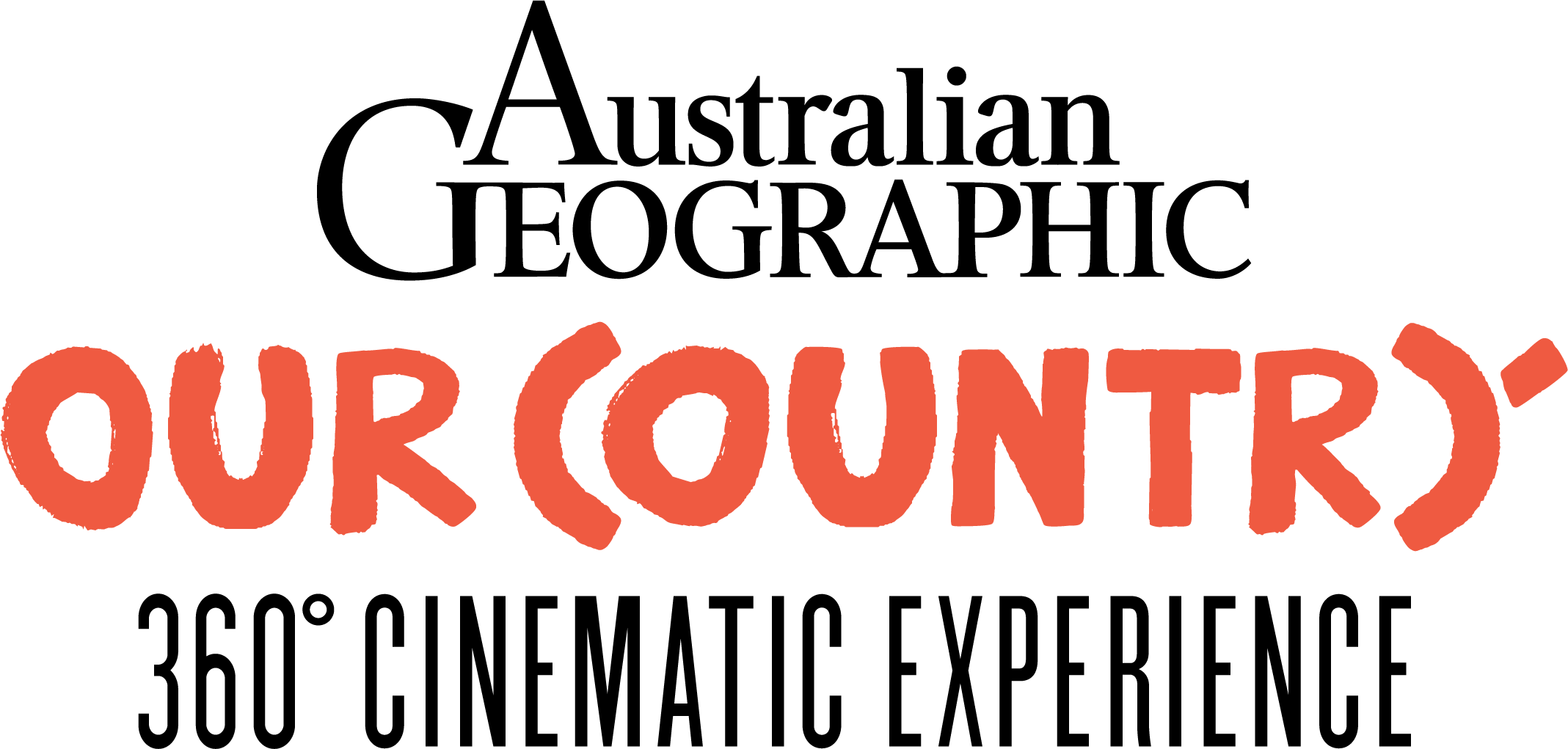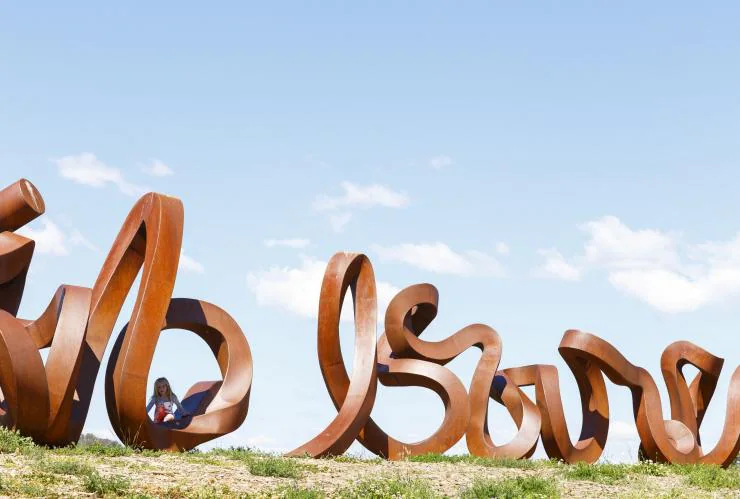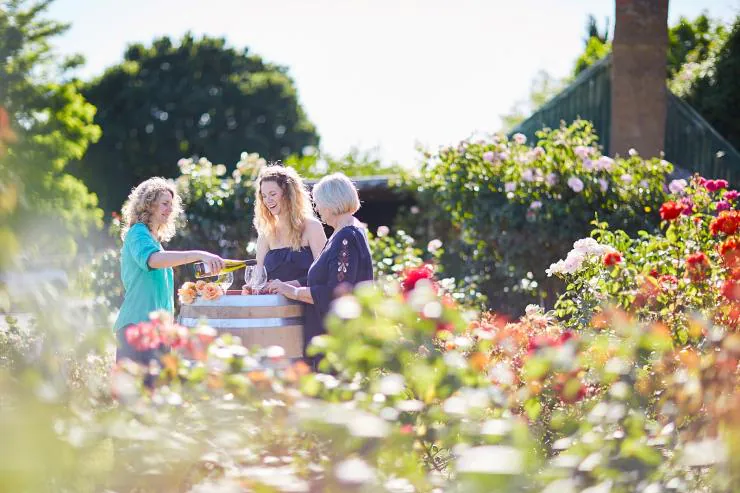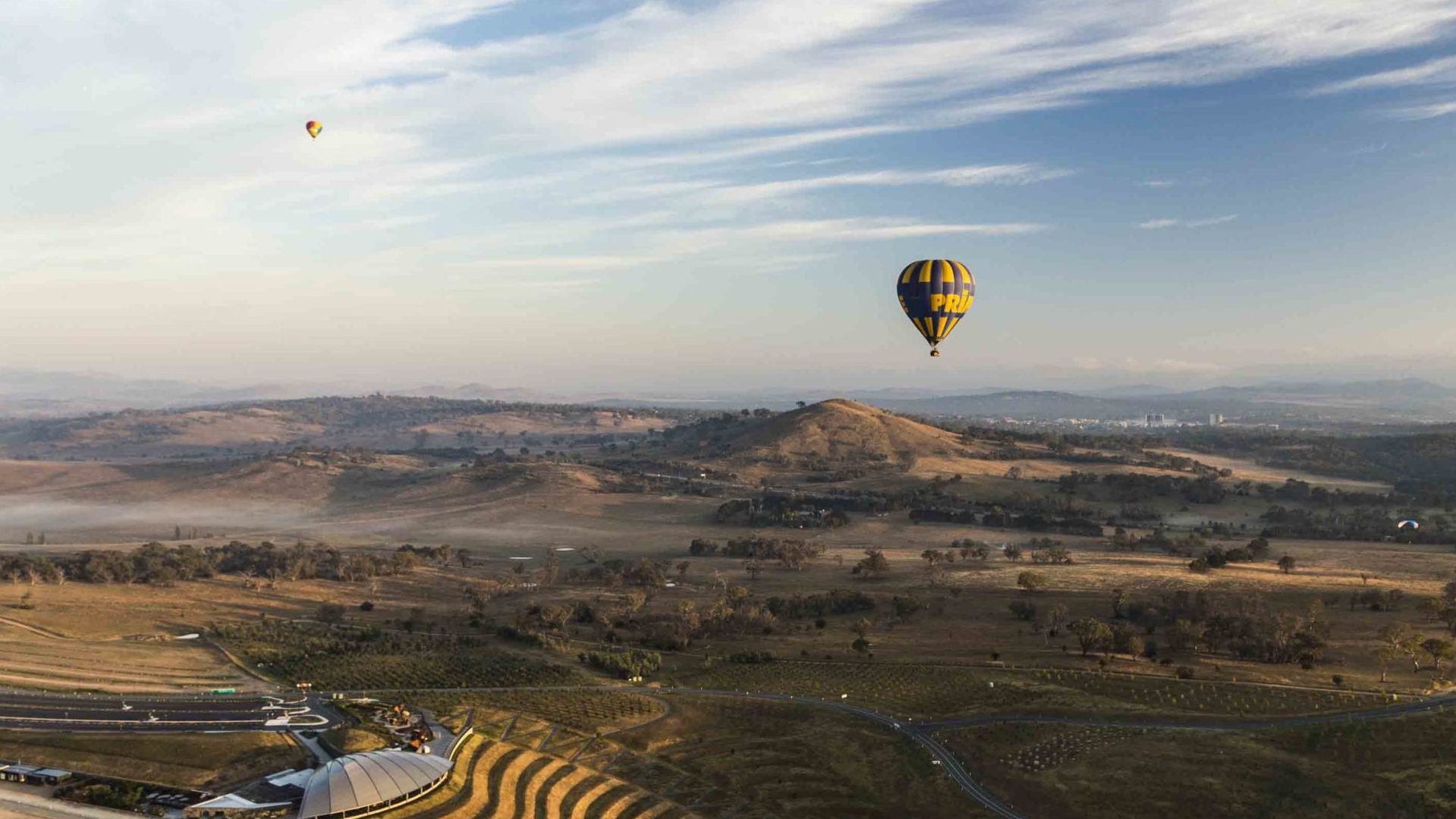
Travel ACT – Back to Nature in the Bush Capital
Words: Esme Mathis | Images: Courtesy of Visit Canberra
The territory packs a surprise punch when it comes to fascinating natural wonders and wild terrains to explore.
Canberra and its surrounds may not be the first place that comes to mind when thinking of Australia’s mighty wilderness areas, but that doesn’t mean you can’t immerse yourself in some wild and rugged experiences in the nation’s capital.
Canberra is nicknamed Australia’s Bush Capital for its city parks and wide, tree-lined avenues. There are an astonishing 760,000 trees within the city limits, and, whichever suburb you’re in, you’re rarely more than five minutes drive from open countryside.
The Australian Capital Territory has strict environment and biodiversity protection laws for the national park that extends over more than half of the state’s 2358sq.km. Whether you’re passionate about bushwalking, camping, fly fishing, rock climbing, horse riding, mountain biking or kayaking, there’s plenty to do that’s not much more than a stone’s throw from Parliament House.
Namadgi National Park
Lying at the northern end of the Australian Alps, this mountainous park boasts more than 170km of marked walking tracks across 1000sq.km of rolling bushland. Namadgi is home to Bimberi Peak (1913m), the highest mountain in the territory. A popular time to visit is spring, when the park fills with wildflowers, including billy buttons, and the endangered hoary sunrays. Snow is common between July and August when bitter temperatures render some of the hikes suitable for experienced walkers only.
One of the park’s gems is the towering Gibraltar Falls, which is at the end of a gentle 2km track that begins at Woods Reserve. If it’s not gentle enough, there’s a car park only 200m from the cascading water. At the top of the falls is a natural chain of swimming holes, including an “infinity pool” with sweeping views over the tree-clad hills. If you’re visiting during a weekend or the summer school holidays, you won’t be alone! Beat the crowds by setting your alarm early. Swimming here can be dangerous after heavy rain.
Booroomba Rocks walking track (8km return) from Honeysuckle Campground is one of the most popular, although the final stretch requires some nimble climbing over rocks. The spectacular panoramic views of Canberra and the Brindabella Range make this walk a must for any itinerary.
Tidbinbilla Nature Reserve
Set on the outskirts of Namadgi NP, Tidbinbilla is a 100ha feral predator–free habitat. Throughout 20 free-ranging enclosures you’ll see animals such as the southern brush-tailed rock-wallaby, northern corroboree frog and eastern bettong in species-recovery programs.
The Sanctuary is Tidbinbilla’s wetlands ecosystem, home to platypus, antechinus and Cunningham’s skink. The 2.1km pathway that winds through a series of interconnected ponds is wheelchair-accessible. Stop by the Sanctuary’s vet centre and watch the staff perform health checks on wildlife through the floor-to-ceiling windows.
There are 22 walking tracks. Explore Tidbinbilla’s eucalyptus forest via the 700m Koala Path (easy), keeping an eye out for koalas and long-nosed potoroos. For a longer bushwalk, try the 1.8km Peppermint Trail (easy) or the Gibraltar Peak track (8.2km return, moderate to hard). On weekends, public and school holidays, knowledgeable volunteers are on-site to answer questions and show visitors around.
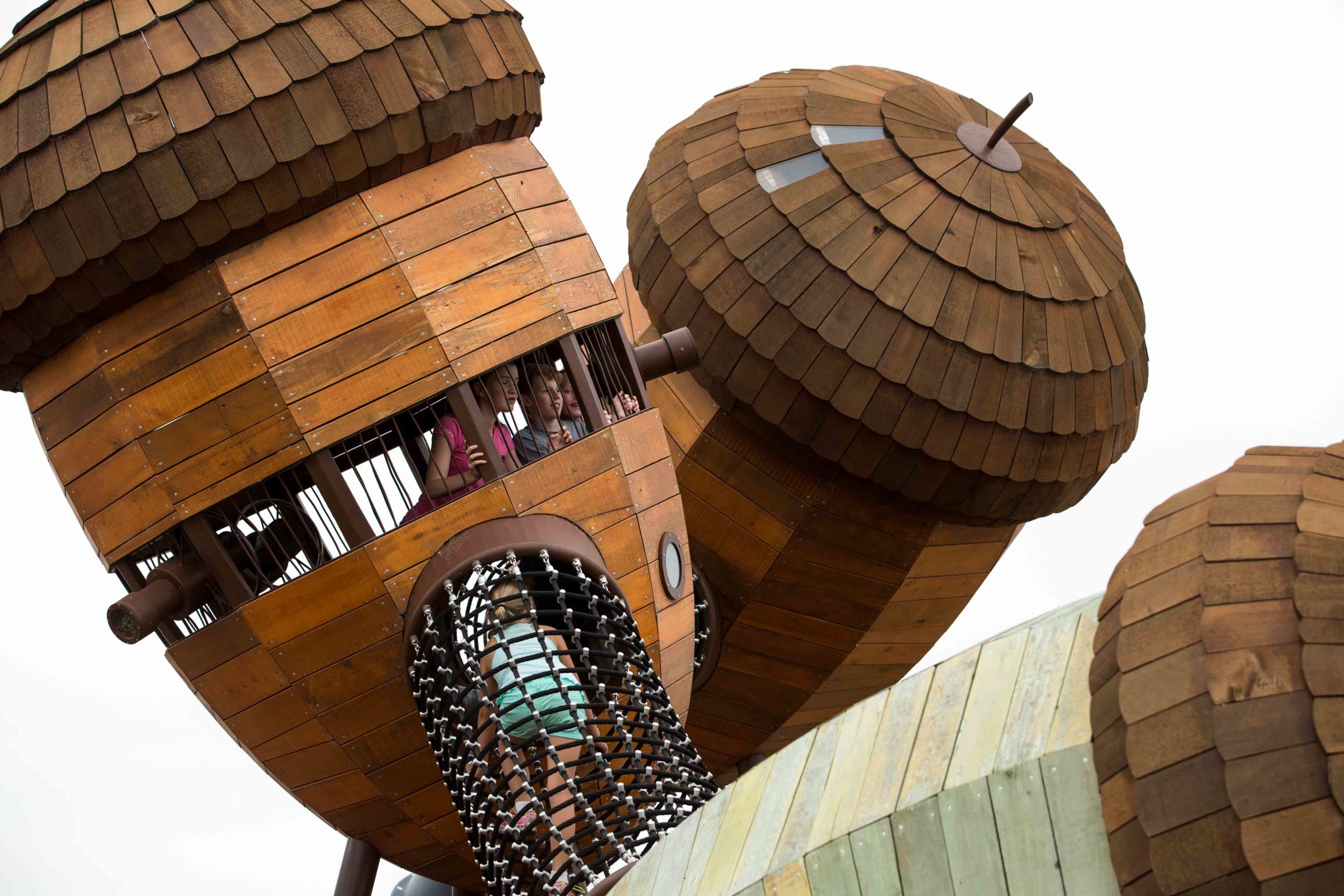
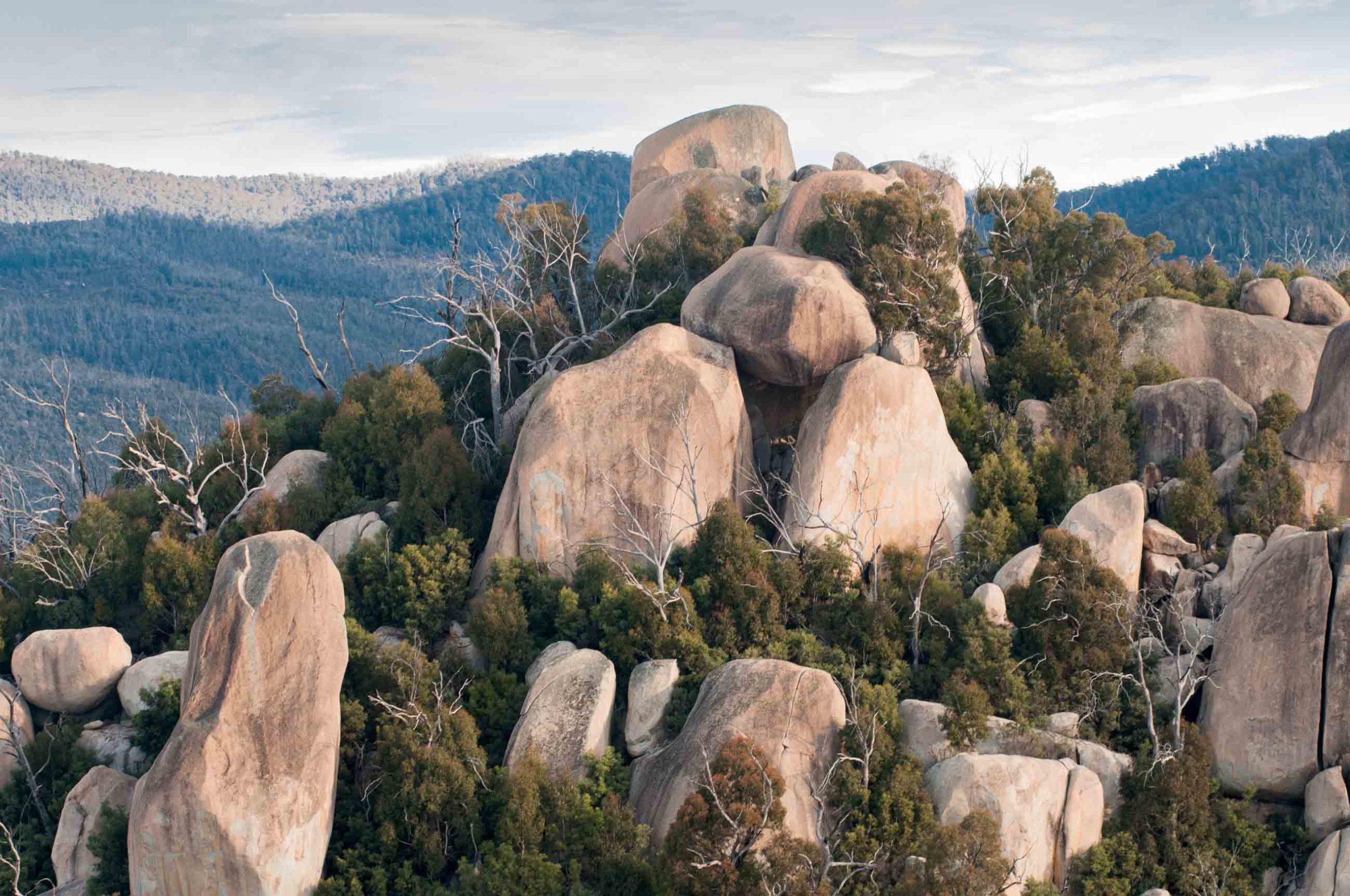
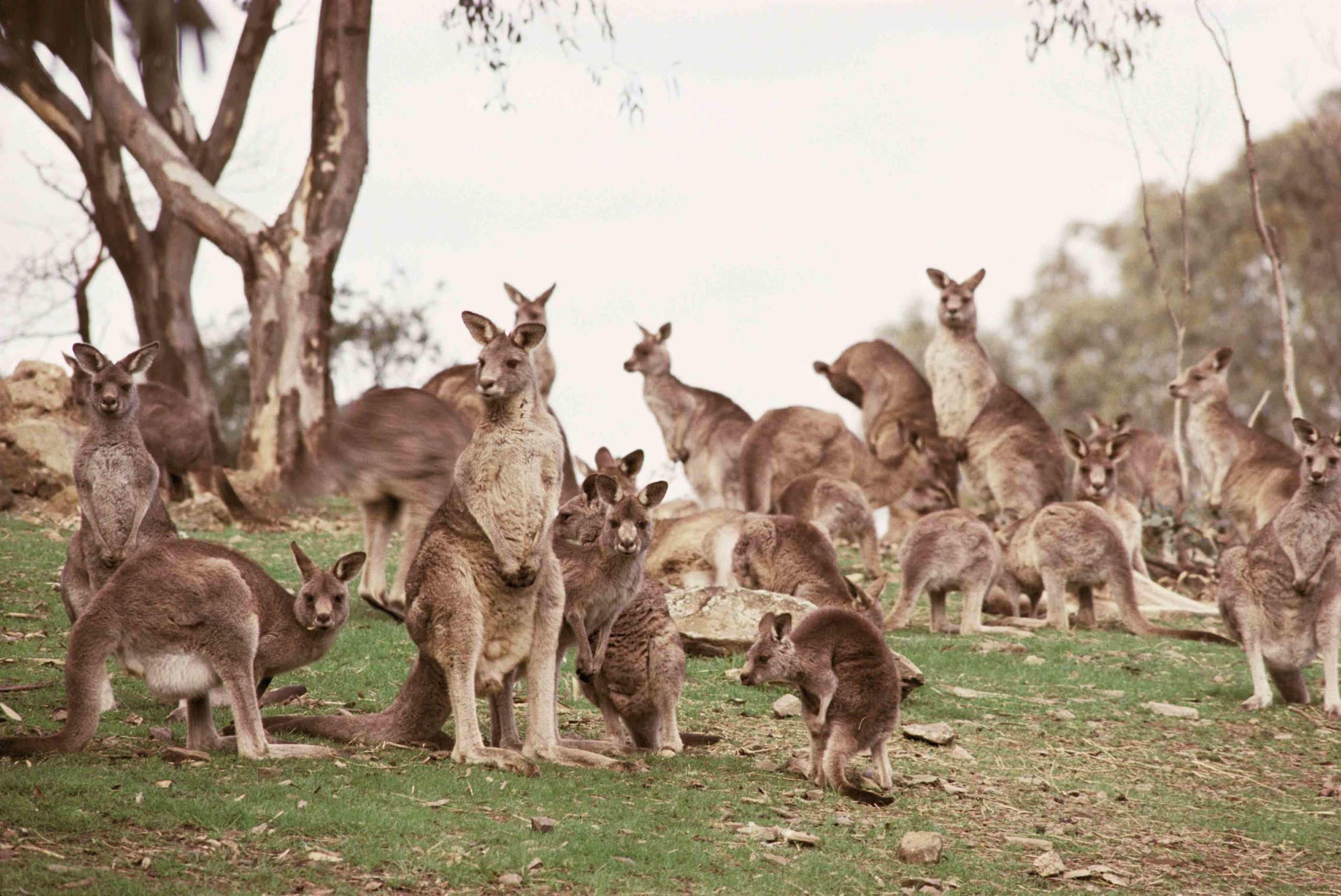
Images: Courtesy of Visit Canberra
National Arboretum
It’s not exactly wild, but it’s an impressive collection of more than 48,000 trees planted across 250ha. It’s one of the world’s largest collections of rare, endangered and significant trees and has 94 separate forests, a living museum that aids conservation and scientific research.
There are 20km of walking and cycling tracks, including the Cork Oak Trail, which snakes through a 100-year-old cork oak forest, and the Mountain View Track, with views towards the distant alpine peaks. A favourite exhibition for kids is the National Bonsai and Penjing Collection, which includes miniature examples of Australian bottlebrush, paper bark and eucalypts.
Jerrabomberra Wetlands
Pack your binoculars, stow away in a bird hide, and observe nature up close and personal at one of the best birdwatching sites in Canberra, just 4km from the city centre on the Molonglo River floodplain. Jerrabomberra’s wetland and woodland habitats boast 170 species of protected and endangered birds seeking refuge throughout the year, including migratory species from the northern hemisphere and inland Australia.
In spring and summer, you’ll glimpse the star of the sanctuary – Latham’s snipe. This elusive shorebird arrives on Australia’s eastern seaboard during August and September, before returning to Japan in March.
There are three walking tracks: The Billabong Walk and the Woodland Loop take about 30 minutes, while Kelly’s Swamp Loop is slightly longer. All three are pram- and wheelchair-accessible, and there are numerous bird hides scattered along the boardwalks.
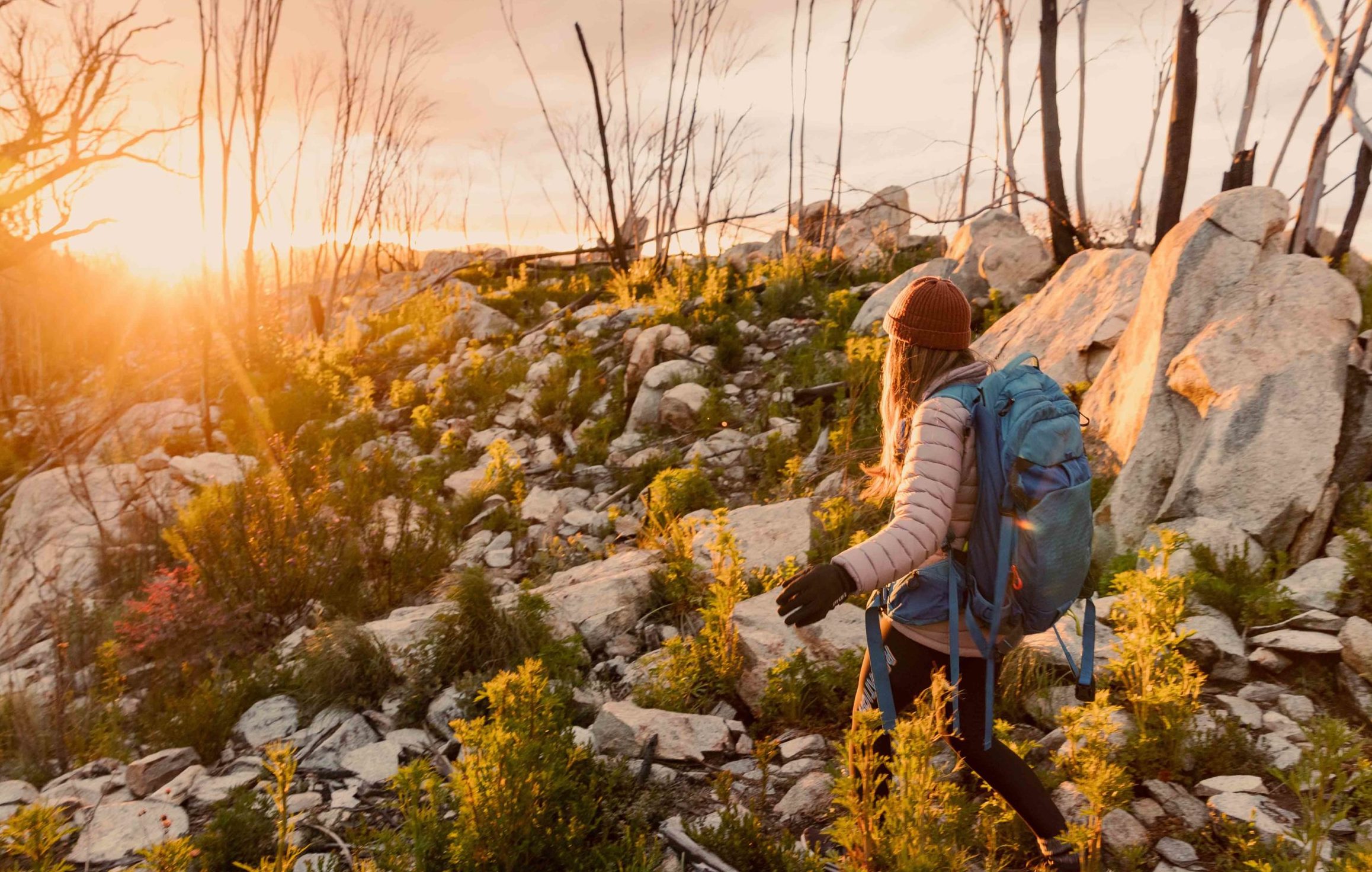
Sunset bathes Namadgi NP in a warm glow
Stromlo Forest Park
Nestled in Molonglo Valley, this park has more than 50km of cycling tracks, including plenty for young riders. Experienced mountain bikers can study Stromlo’s track maps online. Shuttle buses to the top of Mount Stromlo run every 40 minutes on Fridays, weekends, public holidays and ACT school holidays. Less-confident two-wheelers can start off on the
Playground, a 2.5km loop with 12 skill-learning areas, such as jumps, see-saws and uphill bridges. There are also three dedicated equestrian loops to choose from, although most of the fire tracks can be used for horse riding.
Murrumbidgee River
From Angle Crossing in the south to Uriarra Crossing in the north, the Murrumbidgee River Corridor stretches across 9800ha and includes five nature reserves and a European heritage conservation zone. One of Canberra’s most popular places for nature-based fun, it’s perfect for picnics, kayaking, birdwatching, camping and swimming.
With golden perch, redfin, Murray cod and carp, the Murrumbidgee River is one of the best fishing spots in the ACT all year round. Just don’t cast your line downstream of the concrete bridge at Angle Crossing; catching fish is prohibited there.
Experienced kayakers can embark on a heart-pumping adventure through the gorges of the Murrumbidgee, bracing against rapids and drops. Paddle from Bredbo to Collington on a four-hour course, an hour’s drive from Canberra. Alternatively, explore the Red Rocks Gorge in the Pine Island to Kambah Pool course, which will take approximately three hours to complete.
